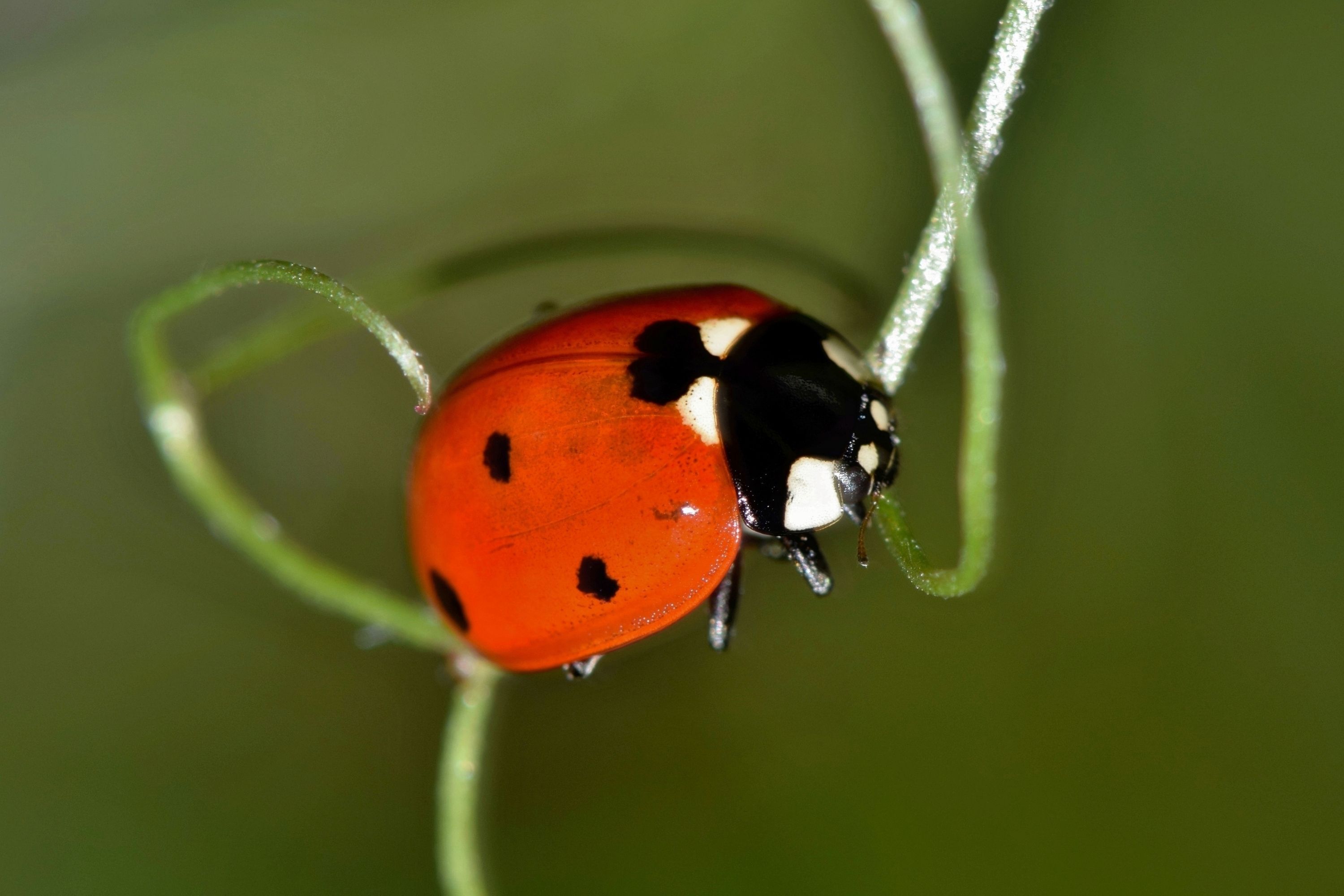Transverse Ladybird Beetle
(Coccinella transversoguttata)

Description
Coccinella transversoguttata, commonly known as the Transverse Ladybird Beetle, is a species of ladybird beetle that belongs to the family Coccinellidae. These small insects are widely recognized for their bright coloration and distinct spots, which make them popular among gardeners and nature enthusiasts. Coccinella transversoguttata has a fascinating life cycle and plays a crucial role in natural pest control, making it a valuable asset in agricultural ecosystems. In this article, we will explore the characteristics, habitat, behavior, and significance of Coccinella transversoguttata in more detail. Taxonomy and Nomenclature: The specific epithet "transversoguttata" is derived from the Latin words "transverso" meaning "transverse" and "guttata" meaning "spotted." This name refers to the characteristic transverse band of spots found on the elytra or wing covers of the adult beetles. Description Adult Coccinella transversoguttata beetles are relatively small, typically measuring between 4 to 6 millimeters in length. They exhibit the classic ladybird beetle body shape, which is rounded and slightly elongated. The elytra or wing covers are generally red or orange, and they feature a transverse black band with four to six spots. The number of spots can vary among individuals, and some may even have faint markings on the pronotum. Habitat and Distribution Coccinella transversoguttata is native to North America and can be found across various regions of the continent, including Canada, the United States, and Mexico. They are particularly abundant in open habitats, such as grasslands, meadows, and agricultural fields. Transverse ladybird beetles are also known to reside in urban gardens, parks, and other green spaces. Behavior and Life Cycle The life cycle of Coccinella transversoguttata begins when adults emerge from overwintering sites, such as leaf litter or under bark, during the spring season. After mating, the female lays clusters of yellowish eggs on the undersides of leaves near aphid colonies or other soft-bodied insect prey. A single female can lay hundreds of eggs during her lifetime. Once hatched, the larvae undergo several stages of growth, known as instars, during which they actively feed on aphids and other small insects. The larvae of Coccinella transversoguttata have elongated, spiny bodies and are often dark-colored, providing camouflage against potential predators. They possess strong mandibles used for grasping and consuming prey. Following several weeks of larval development, the larvae pupate, forming a pupa attached to a leaf or stem. Inside the pupa, metamorphosis occurs, transforming the organism into an adult beetle. After a period of a few days to a couple of weeks, the adult Coccinella transversoguttata emerges, and the life cycle repeats. Feeding Habits and Role in Pest Control Coccinella transversoguttata is primarily an insect predator, and its diet consists mainly of soft-bodied insects, particularly aphids. Aphids are considered pests in many agricultural settings as they can cause significant damage to crops. The transverse ladybird beetle, along with other ladybird beetles, plays a crucial role in natural pest control by consuming large numbers of aphids and other harmful insects. These beetles are voracious predators and can consume numerous aphids in a single day, helping to keep pest populations in check. Coccinella transversoguttata uses both visual and olfactory cues to locate its prey. Once a suitable food source is identified, the beetle approaches the aphid colony and uses its mandibles to grasp and consume the insects. The bright coloration of ladybird beetles serves as a warning to potential predators, indicating their distastefulness or toxicity. Significance in Agriculture and Gardening Due to its feeding habits and preference for aphids, Coccinella transversoguttata is highly beneficial in agricultural and gardening contexts. Farmers and gardeners often introduce ladybird beetles as a natural method of pest control, reducing the need for chemical insecticides. The presence of these beetles helps maintain a healthy balance in ecosystems and promotes sustainable agriculture practices. Conservation and Threats While Coccinella transversoguttata is considered a widespread and common species, it, like many other insects, faces various threats to its population. Habitat loss and fragmentation, pesticide use, and climate change are among the significant factors that can negatively impact ladybird beetles. To conserve Coccinella transversoguttata and other beneficial insects, it is crucial to protect and restore their natural habitats. Creating pollinator-friendly gardens, reducing pesticide usage, and preserving biodiversity are essential steps in supporting the populations of these valuable insects. Conclusion Coccinella transversoguttata, the Transverse Ladybird Beetle, is a small but mighty insect that contributes to natural pest control and ecosystem balance. With its vibrant coloration and distinctive markings, it is not only a visually appealing species but also an important ally in agriculture and gardening. Understanding and appreciating the role of Coccinella transversoguttata and other ladybird beetles can help us foster sustainable practices and protect the biodiversity of our ecosystems.
Taxonomic tree:







